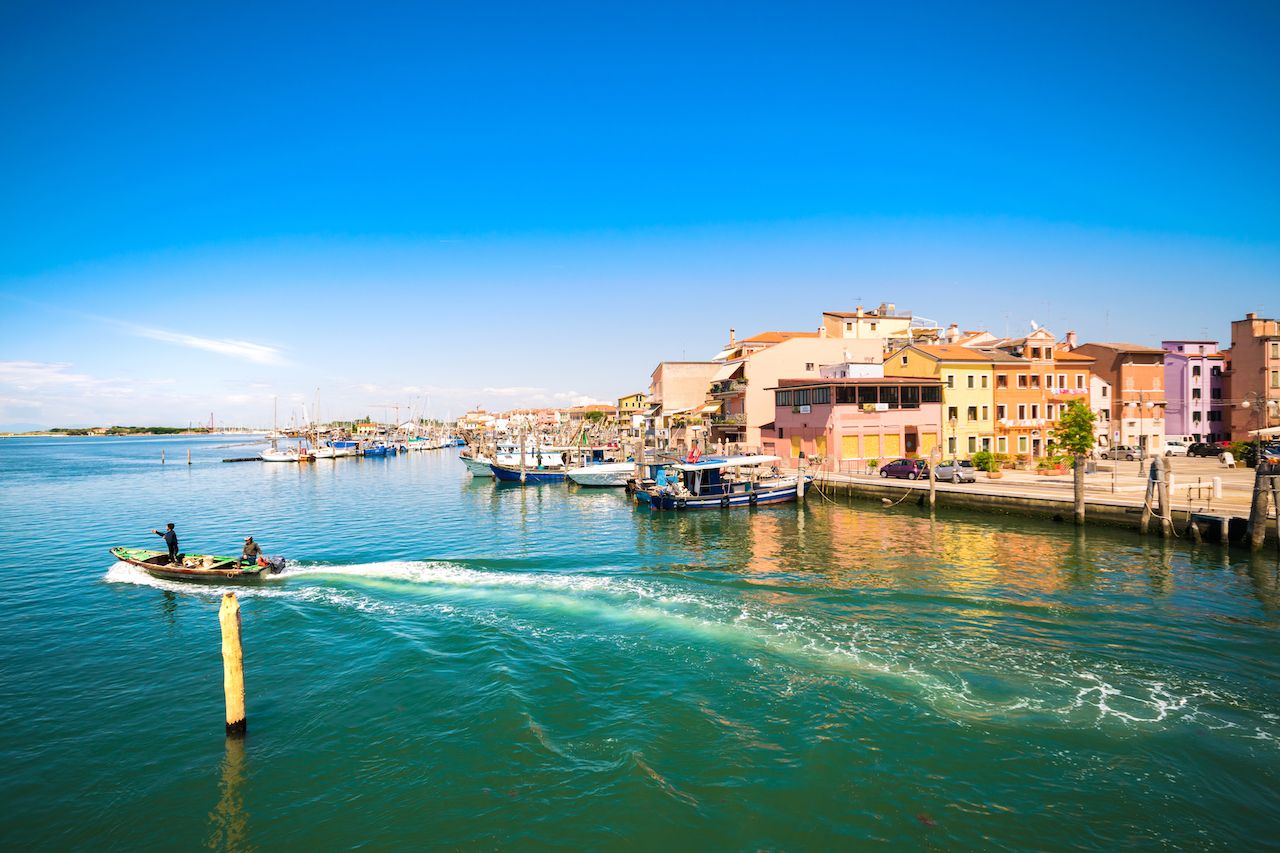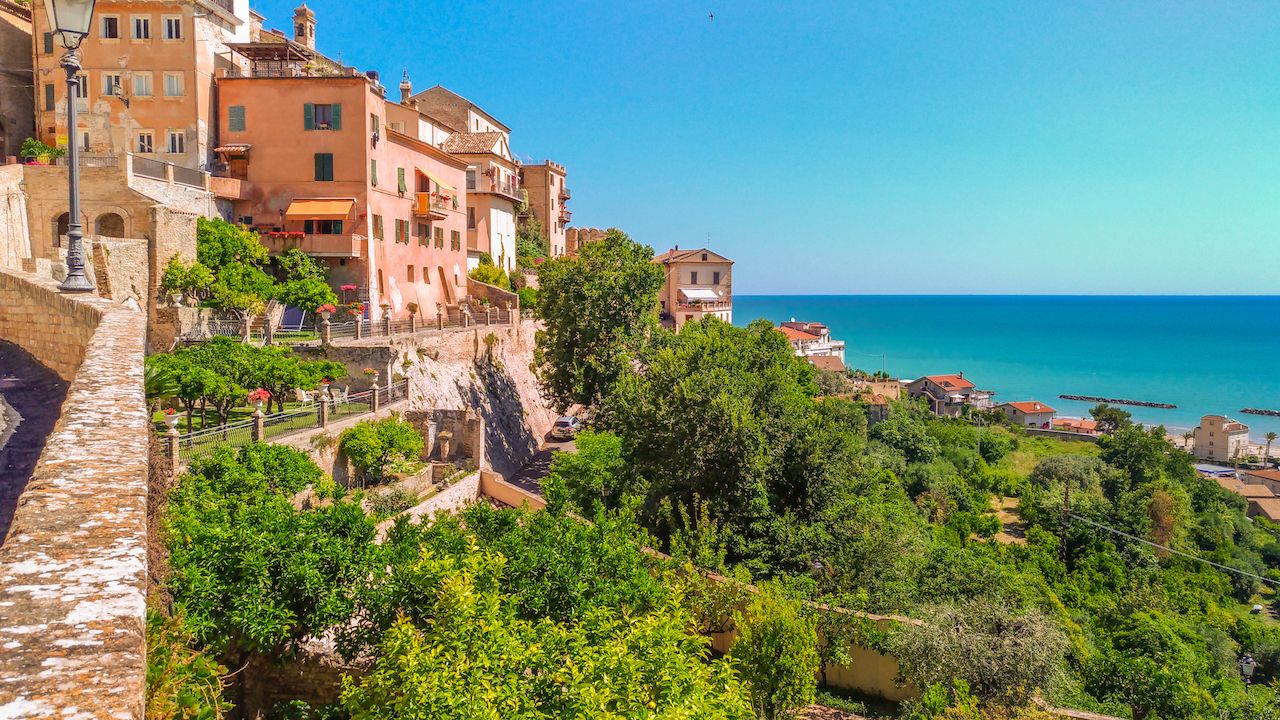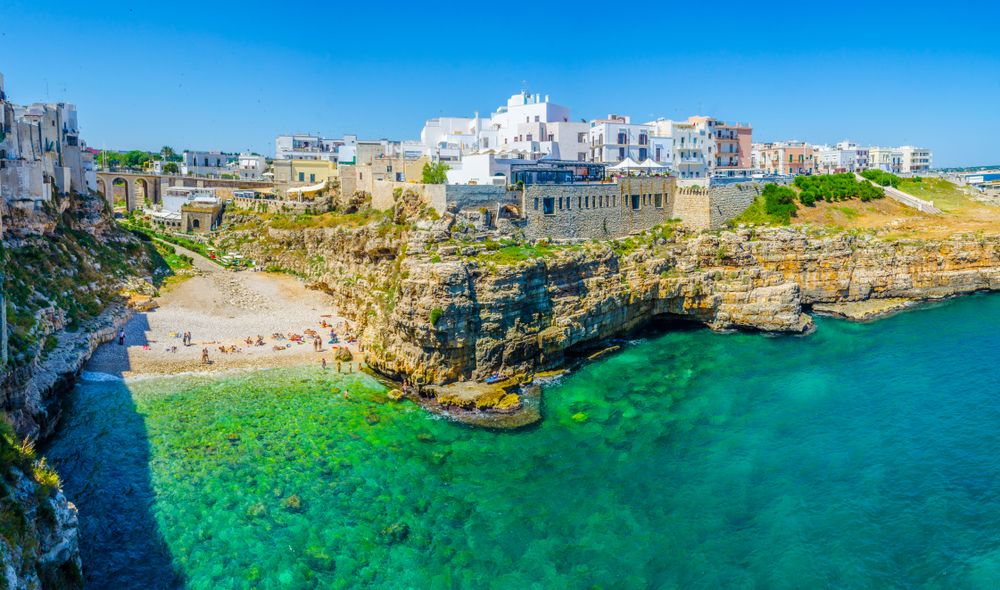With miles of coastline, winding mountains roads, and ever-changing scenery, Italy is the perfect road trip country. Travel from the lagoon fishing town of Chioggia, near Venice, in the northeast, down the east coast to Puglia, then up the west coast to the brightly colored villages of Cinque Terre. Stop on the way for Byzantine mosaics, prehistoric caves, hiking routes with magnificent views, and (probably) the best focaccia in Italy. You might think a trip such as this would be costly, but by choosing off the beaten track destinations, and selecting well-equipped campsites and affordable places for food, you can keep the budget in check.
Here are the best places to road trip around Italy, and how to do it for less than 400 euro, or about 500 US dollars.








